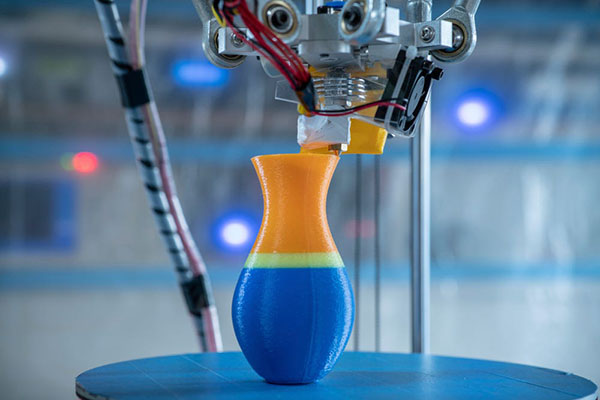Are you seeking a cost-effective and rapid way to create prototypes? Now rapid prototyping is becoming more and more accessible due to recent technical advancements, making use of production processes such as 3D printing and thermoforming.
Whereas building models and prototyping items used to take a lot of time and money, fast prototyping today allows you to make high-quality objects by outsourcing much of the work to a computer and a computer.
The production procedure
3D printing’s potential for prototyping was soon recognized by artists, industrial designers, and engineers. This process, also known as additive manufacturing, involves creating an object with modeling software before sending the instructions to a specific printer. Layer by layer, pixel by pixel, this gadget constructs the object from a substance that comprises a binder powder and a binding agent. The printer can generate an object in the required format and with beautiful details.
If an existing item must be used as a starting point, it must be digitized using 3D sensors that evaluate the data and convert it into a 3D digital file. The item may then be recreated by making the necessary adjustments to produce the prototype.
Another process for creating items, thermoforming, may also be used to make prototypes. However, it is regarded as less avant-garde and more conventional than 3D printing. This method uses heat to create an item, as the name implies. The device warms a sheet or plate before placing it in a mold. To make a prototype with thermoforming, you’ll need access to a mold with the exact shape and size you require, which can make the procedure more difficult.

3d printing machines*
3d printing machines is from businessinsider.com
What is the purpose of fast prototyping?
Constructing a model before going on to the final stages of the project process offers several benefits. For starters, it enables us to view the product in 3D, allowing us to analyze better a variety of essential characteristics such as assembly, form, ergonomics, size, and design. The prototype stage is where testing is carried out. The testing period has been reduced now that these models may be created in a short amount of time.
Prototypes are widely used in a variety of fields, but here are a few examples of areas where they are particularly popular:
- Visual arts: for the creation of sculptural models or molds
- Architecture: for the design of architectural models
- Object creation: conduct out quality checks on items before placing them on the market
Aeronautics, automotive, and construction: for the production of fully working parts that can be checked.
Rapid prototyping’s benefits
The name of this approach of prototyping could not be more descriptive. Its primary goal is to facilitate the quick creation of models. Models created utilizing this technology, whether 3D printing or thermoforming, must accurately recreate the features obtained from the plan or item from whence they were made for the purpose of quality. In turn, the cost of producing prototypes decreases, giving businesses and people who employ this method the opportunity to save money.
Conclusion
Rapid prototyping has progressed since its inception in the 1980s, with increasingly efficient devices, to the point where some components created using the same processes may now be used as real things rather than merely models. As a result, this is one of the most acceptable alternatives for getting high-quality prototypes.
